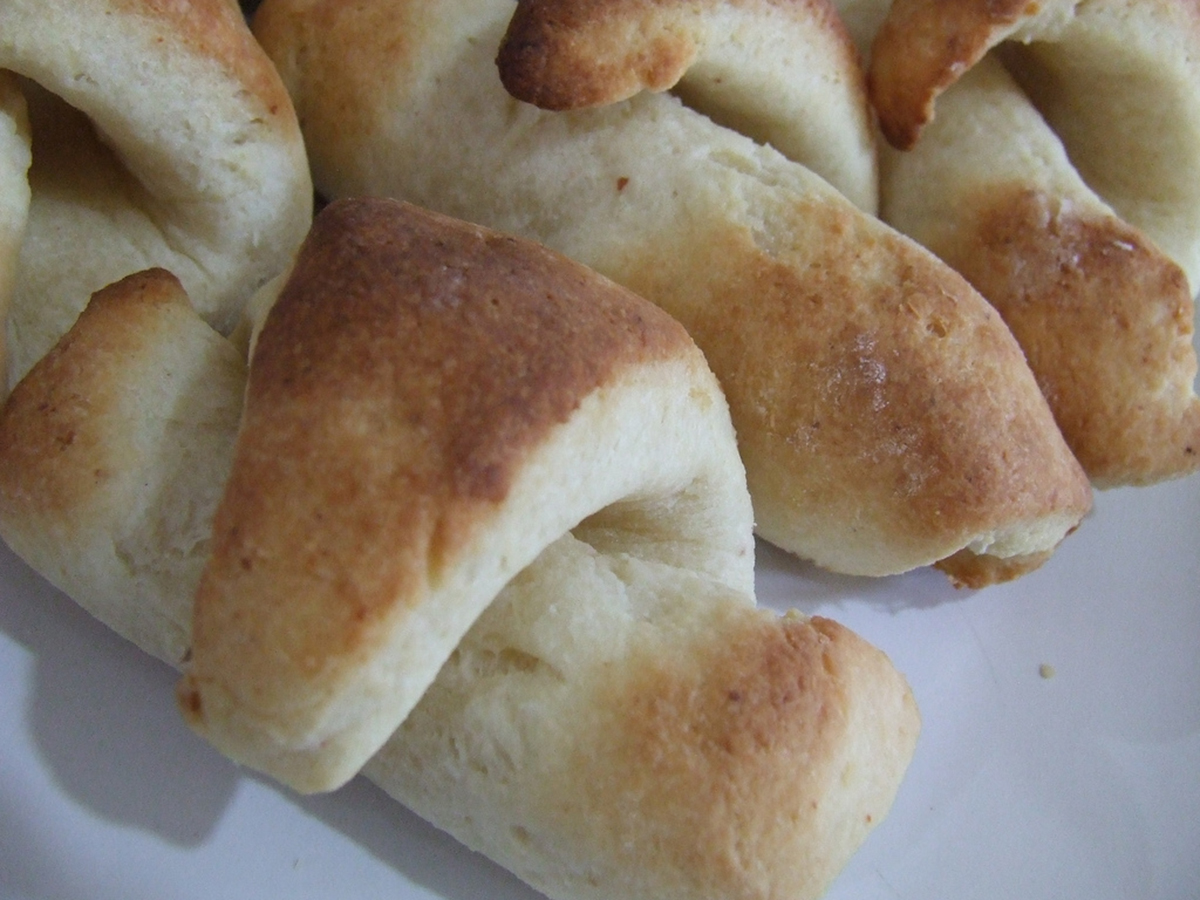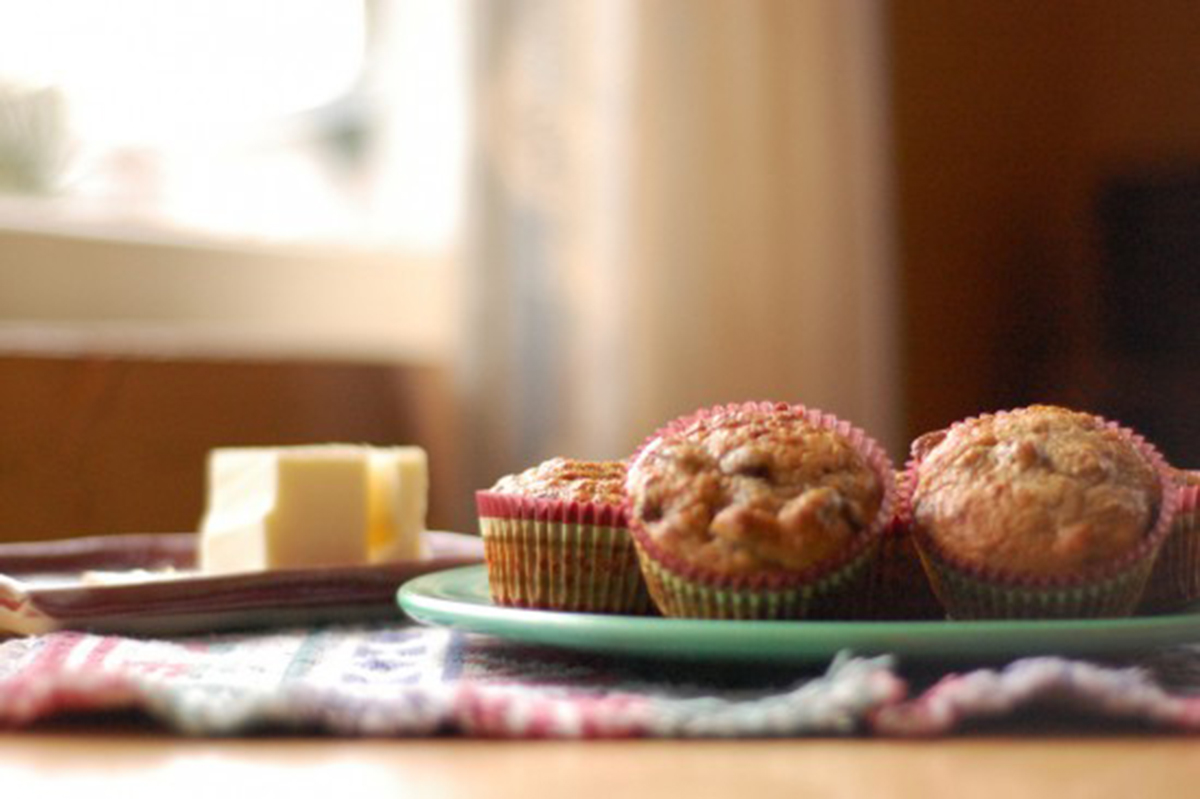Gluten intolerance is a plague of our times. While some people have true, medically diagnosed gluten-activated celiac disease, many more think they have gluten ‘intolerance.’

Gluten is a protein, found in all common grains except rice. Its name comes from the Latin for glue, and it is technically a proteinaceous polymer that behaves very like PVA glue. It’s the gluten in wheat that allows bread to rise, for instance.
Most gluten intolerance is self-diagnosed. That tends to make it look like something people have at least partly made up. If you personally don’t suffer from it, or don’t feel like you do, then it feels like the people who do have just invented it. After all, it’s hard not to reason that hungry people in famine regions aren't unable to eat gluten.
The fact is that they are, though – they just usually don’t have a choice about it.
To understand the facts about gluten and grains we need a brief dive into history.
Throughout most of the lifetime of our species, grass seeds – grains – represented a little-used food. They were complex to prepare – in contrast to meat, fruit, nuts, leaves and berries, which can be eaten raw, or tubers, which can be cooked easily (with some exceptions). They were unproductive, too. To understand that, take a look on the internet at some images of wild grains. They’re tiny; imagine trying to make bread from that!
So what happened?
Way back when, people figured out that they could grow grasses selectively. Over a long period, we went from slashing and burning to restocking, to selectively restocking – we’d plant areas with plants that suited us. Then we were gardening – some areas of our roaming and hunting grounds were given over to certain plants that grew there easily. Finally, we became farmers. Now we needed the calorie-dense grains we’d bred to support a larger population.
Sounds like they’re great. So what’s the problem?
We didn't evolve eating large amounts of grains. Most of us have some degree of problem with gluten or the types of proteins related to gluten.
Read More: Celiac Disease Vs. Non-Celiac Gluten Sensitivity
That’s a lot of people who aren't making it up.
Doctors encourage patients to figure out their own tolerances to gluten and other dietary factors that aren't life threatening but do cause pain, discomfort and decreased performance. That’s the best we can do to figure out a lot of things. If it hurts, stop doing it – sounds pretty simple, right?
Figuring Out Your Own Reactions To Gluten
If you think you may have a gluten intolerance issue, I hope by now you’re convinced that there's a good chance you're right. To figure out whether you have a gluten intolerance, test your own reactions.

This can be harder than you might think: going gluten free means avoiding bread, which means no pizza, sandwiches, or toast. It means avoiding pasta, cous-cous, beer, oatmeal, biscuits, cake and Danish pastries. You’ll be cutting a lot out, so have a plan for how you’re going to replace those calories. Keep a food diary for this week and record your symptoms. If gluten = symptoms, and no gluten = no symptoms, you have your answer.
What next – what do you do if you do seem to react to gluten?
The first thing I’d recommend is figuring out just how intolerant to it you are. Some people can eat oatmeal – oats have the lowest gluten content of any gluten grain. Others can’t even eat rice, which doesn't have any gluten but does have some gluten-like proteins. Experiment with adding in more gluten until you encounter problems, then scale back until your symptoms disappear. That’s your personal ‘trigger line’ – the point you can’t cross without symptoms.
Your next step should be to figure out how to live on a gluten free diet. At home, it’s easier. You can replace the calories from gluten containing grains with calories from tubers like potatoes, sweet potatoes, or more exotic choices like cassavas and yams. You can replace the protein content with meat; that’s a better source of protein anyway, since the protein from grains isn't very bioavailable.
A word about avoiding gluten at home: reading labels can be a confusing business.Some foods advertise that they contain gluten but others don't and you'll quickly find out how many synonyms for 'flour' are used in food manufacturing. To learn more about how to manage any gluten symptoms you may have you can talk to a doctor, but you should also make contact online with others in the same boat. They'll have experience to match yours and tips to give about how to negotiate the food landscape that will be invaluable. For instance...
But what about when you go out?
Eating in restaurants is a nightmare for anybody with a special dietary requirement, whether you’re vegetarian, anaphylactic, diabetic or anything like that. If you’re really gluten intolerant, the kind of person who can’t even drink whiskey, it might be other grain components than gluten anyway; whether it is or not you need to avoid the grains that trigger you. Trouble is, they’re often hiding in sauces and prepared foods. So what can you do?
Eating at oriental places can help; they traditionally use less gluten containing grains in the East than the West, but that doesn't guarantee the sauce on your spare ribs doesn't have any gluten in it.
Read More: The best possible diet plans for patients with Celiac Disease
Traditional French cuisine is often built around meat and vegetables, and the sauces are often reductions, so you’re on safer than average ground here too. But watch out: in cheaper places, they’ll use flour to thicken their sauces.
And Italian food doesn't have to be out for you. Pasta is held together with gluten, but gnocchi are made of potato starch, and pasta sauces are often gluten free. Gnocchi and pesto is a gluten-free treat!
For individuals with gluten intolerance, the best prevention method is to strictly avoid gluten in their diet. Gluten is a protein found in wheat, barley, and rye, and avoiding it can prevent symptoms and health complications associated with gluten intolerance. Here are some key strategies:
- Read Labels Carefully: Always check food labels for ingredients derived from wheat, barley, and rye. Look for terms like malt, brewer's yeast, or triticale.
- Avoid Cross-Contamination: Use separate cooking utensils, toasters, and preparation areas for gluten-free foods to prevent accidental cross-contamination.
- Educate Yourself: Stay informed about which foods typically contain gluten and the various names it can be listed under.
- Communicate When Dining Out: When eating at restaurants, communicate your gluten intolerance to ensure your meal is safely prepared.
- Choose Naturally Gluten-Free Foods: Focus on a diet rich in fruits, vegetables, meats, fish, dairy, beans, legumes, and nuts.
Gluten-free meal plan for a day
Breakfast
- Gluten-Free Oatmeal: Made with gluten-free oats, topped with fresh berries, chia seeds, and a drizzle of honey.
- Beverage: Herbal tea or coffee.
Morning Snack
- Yogurt Parfait: Layered Greek yogurt with gluten-free granola and mixed nuts.
Lunch
- Quinoa Salad: Quinoa mixed with diced cucumber, cherry tomatoes, feta cheese, olives, and a lemon-olive oil dressing.
- Beverage: Fresh fruit juice or water.
Afternoon Snack
- Rice Cakes: Topped with almond butter and banana slices.
Dinner
- Grilled Chicken Breast: Served with steamed vegetables (broccoli, carrots, bell peppers) and a side of baked sweet potato.
- Beverage: Sparkling water with a slice of lemon.
Dessert
- Fruit Salad: A mix of pineapple, strawberries, and kiwi.
- Photo by shutterstock.com
- Photo courtesy of Mark Drouin by Flickr : www.flickr.com/photos/mpdrouin/6792546633/

